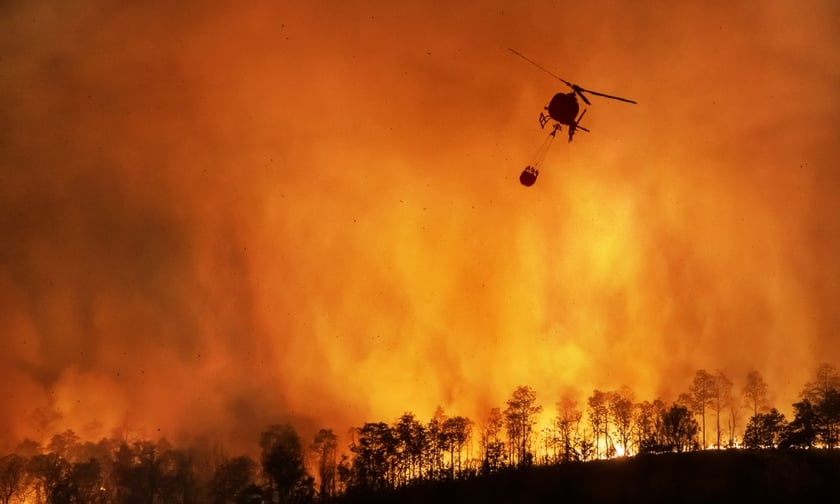

Homeowner insurers in California continue to experience the impact of wildfires as data from the Insurance Information Institute (Triple-I) reveals that insurers paid out more than twice as much in claims and expenses as they collected in premiums in 2017 and 2018, impacting present market conditions in 2023.
According to Triple-I’s Proposition 103 and California’s Risk Crisis Issues Brief, insurers had healthy underwriting profits on their homeowners’ insurance businesses between 2013 and 2022, except in 2017 and 2018. The resulting average combined ratio of claims and expenses for the period was 108.1 due to wildfire-related losses. The combined ratio in 2017 stood at 241.9, while in 2018, it stood at 213.4.
A combined ratio is the percentage of each premium dollar an insurer spends on claims and expenses. A ratio of 108.1 equates to a payout of $1.08 in claims and expenses for every dollar collected in premiums within the time frame of 2013-2022.
“To accurately underwrite and price coverage, insurers must be able to set premium rates prospectively,” said the report. “One or two years that include major catastrophes can wipe out several years of underwriting profits - thereby contributing to the depletion of policyholder surplus if rates are not raised.”
According to the report, with Proposition 103 in place, California’s homeowners’ insurers could not price risk prospectively.
Three of the costliest wildfires recorded in US insurance history hit California in 2017 and 2018. Since 2018, an additional five large bushfires have occurred in the state. None of those are listed among the costliest for insurers.
“With fewer private insurance options available, more Californians are resorting to the state’s FAIR [Fair Access to Insurance Requirements] plan, which offers less coverage for a higher premium,” the report said.
“This is a large and potentially profitable market in which insurers want to do business. To make that possible in light of ongoing wildfire trends—as well as events like early 2023’s anomalous rains and, more recently, Hurricane Hilary - the state needs to continue making investments that reduce risk. It also needs to update its regulatory regime to allow accurate, prospective pricing.”
Any thoughts on the current situation with homeowners’ insurance in California? Leave your comments below.
